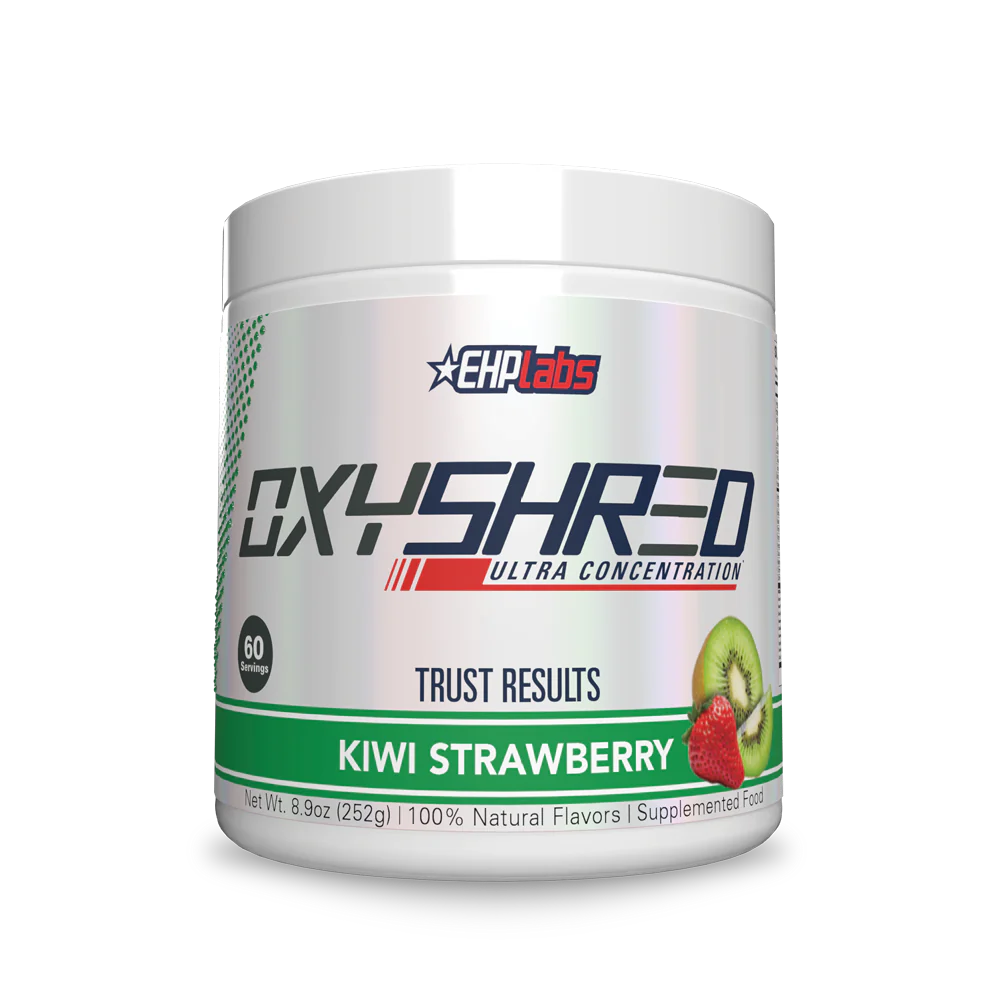
Classy Llama streamlines user provisioning and ITSM with Celigo
“I estimate there’s been about a 50% reduction in ticket requests to IT.”

Rob Tull
CIO,
Classy Llama
Digital Services
Springfield, MO
NetSuite, Salesforce, Jira
About
Classy Llama is a digital services agency with a focus on ecommerce. Their offerings include website builds, strategy and audits, digital marketing, and digital transformation support.
Most of their clients are product manufacturers and B2B sellers, especially those in automotive and industrial spaces, who need help digitizing their processes and systems. The company is based in Springfield, Missouri, and has been in business since 2007.
Background
As an agency, Classy Llama employs both its own internal team members and a number of contractors. In addition, they work closely with their clients to ensure adherence to creative direction and user requirements, as well as foster a positive collaborative experience.
To support these multiple user segments, the company had a number of different systems in their tech stack, managing everything from HR to CRM to task management. Transferring information between these multiple platforms led to a number of challenges, which inspired the Classy Llama team to consider the Celigo iPaaS solution to transform their IT operations.
A pressing IT-related challenge was user provisioning. Clients generally required less access than employees, as did some contractors. However, they did need enough freedom to be able to give productive feedback and do their jobs. This raised concerns around security, and as contracts ended or team members were on- or off-boarded, their access settings had to be adjusted in a timely fashion.
The challenge
To manage user provisioning and other ITSM tasks, the Classy Llama team relied on highly manual processes. For example, when a contractor came on board, they manually added that person into the relevant systems, one at a time. Adding a single new team member typically took hours.
“We had a number of problems internally where we had various disparate pieces of software that didn’t really talk to each other, lots of spreadsheets, lots of manual processes,” says Rob Tull, CIO at Classy Llama. “We especially had complications around user provisioning and permissions. People either had way too much access or not enough.”
One of the other core issues across the organization was employee data and updating and maintaining employee data as team members changed roles, pay grades, etc. “We also ran into scenarios where employees and clients were still provided access to applications and data even after they had either left the company or stopped working on projects with us.”
Even as CIO, Rob Tull was spending nearly half of his time on these mundane, tedious tasks because he was the only one familiar with all of the systems. This created a major bottleneck, as there was only so much manual data entry he could cover at any one time. Plus, it led to other, higher-level priorities receiving less attention.
To make matters more complex, user provisions often required frequent updates due to client and contractor turnover. However, these changes tended to fall through the cracks due to inconsistent communication between departments and systems.
In addition, the Classy Llama team followed a “composable” model when it came to their tech stack. Rather than choose one “powerhouse” app that they would need to customize for multiple use cases, they decided to use best-of-breed apps for every function. For example, they used Salesforce as their CRM, Jira for project management, another tool specifically for billing, another for marketing, etc.
“We have focused pieces of software that are the best in each of their domains instead of one monolithic platform,” says Tull. “But that has created the problem of data silos. Each system had great capabilities, but often we were replicating efforts. So IT would have to provision a user in multiple systems, then try to make sure all their groupings were up to date. Then that would get changed in one place and not reflected in another.”
The solution
To address these user provisioning challenges, the Classy Llama team first considered building their own set of integrations to connect the many platforms in their tech stack. After all, they had a number of developers on staff. However, doing so would take these resources away from revenue-generating client projects.
Another option was to scrap their composable model and purchase an enterprise solution, such as an ERP, that could then be customized to various use cases. But removing all of their current system would be a huge project—not to mention expensive. So, instead, the team decided to bring on the Celigo iPaaS.
“When we saw the iPaaS solution, certainly, we recognized the value of that for our own customers in the commerce space,” Tull says. “But we also recognized the opportunity to take advantage of that internally in a very different capacity to break down those silos of information, to replace very error-prone manual processes or spreadsheets with streamlined and automated capabilities.”
One of the key areas to get the Celigo treatment was user provisioning, given its heavy reliance on manual work. “IT would have to provision a user in two, three, four, five places, try to make sure all their groupings were up to date, and all their permissions were up to date,” says Tull.
Now, the team uses Salesforce, their CRM, as their single source of truth to push and pull information to and from multiple systems via Celigo. The platform also allowed them to implement automation for the majority of the processes on the team side. According to Tull, “We are heavily automated on the team member side now because we have those two sets of users. We have people that work for us and people that we work with. And both need access.”
Bottom line
In addition to significant time savings, implementing Celigo allowed Classy Llama’s IT team to focus on other priorities, and to keep the team small. According to IT Systems Administrator Steve Gibbons, he’d gotten approximately 20% of his time back. For Tull, that percentage was closer to 40%.
The company was also able to keep their composable model strategy, and to reduce their IT ticket volume by 50%. Due to their investment in automation, updating key information in one system leads to automatic repopulation in all others. That means employees can rely on self-service to make changes to all of their profiles, rather than changing one and then needing to ask IT to update the others.
Classy Llama’s next steps with Celigo include setting up user provisioning and automation on the client side, as well as improving security on the internal side. “In the same way that we streamlined the internal staff member and contractor provisioning, we’d like to streamline the customer provisioning,” says Tull. “We would also like to enhance our team member provisioning even more and use that as the backbone of building a more advanced security model.”
With Celigo, updating user permissions went from taking hours to taking just minutes without the need to acquire a monolithic solution, which kept it very low cost. Setting up a net-new user went from hours to minutes.
Rob Tull,
CIO,
Classy Llama



